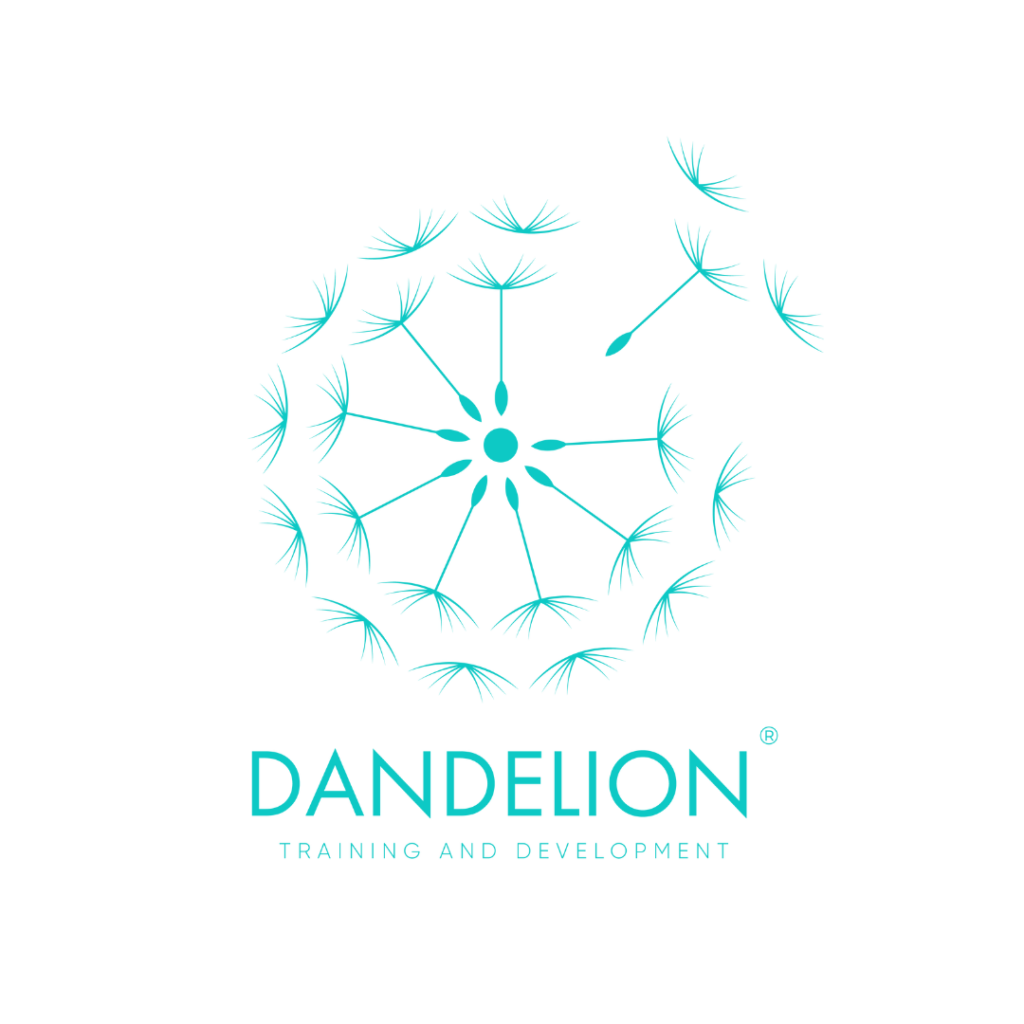We get confidence backwards….
Have you ever noticed yourself saying:
- When I am more confident I will do it
- When I feel more confident I will be able to start
- I am just waiting for some confidence to go
- If I had more confidence it would be possible
We so often use the concept of ‘confidence’ as a means to begin taking action, and can so frequently find that months later we are still waiting for it to materialise.
So, what is confidence?
Confidence is referred to as ‘the feeling or belief that one can have faith in or rely on someone or something’ (noun). It refers to the concept of feeling:
- Feeling sure of ourselves
- Feeling sure of our abilities
- Feeling capable
- An inner sense that we can do something
It does not refer to being superior, or more important to others, but the inner sense that we have the capabilities or inner resources. The interesting component of this, is that we can only gain confidence by taking action.
When we consider the neuroscience of our minds, the brain is made up of neural pathways. Neural pathways are developed by, taking action. We create new pathways by taking action, participating in new activities and developing new behaviours.
Let’s sit with that for a moment.
Taking action – recognising that in order to be good at something, we need to DO it and learn
Participating in new activities – breaking out of our comfort zone and trying new things
Developing new behaviours – recognising that things will be initially uncomfortable and we will need to consciously exert effort to do things
In order for us to develop confidence, and have a sense that we have the capability to do something then we therefore need to:
- Take action – choose what we want to do and get started
- Participate – try new approaches and activities to complete this
- Develop new behaviours – repeat it until the behaviour is embedded and therefore we feel confident
Think about when you learnt to ride a bike or roller skate (or similar) at the start, we choose to do it , then the only way to learn is to participate. Initially, you will feel shaky and unstable, after a few attempts you build neural pathways and the body learns to respond, the more you do it, the easier it becomes, and before long you can go at different speeds, take hands of handle bars etc. We THEN feel confident.
Confidence is therefore, gained BACKWARDS.
We gain it by DOING!
Not by waiting, hoping or wishing (unfortunately).
Richard Branson, famously quoted ‘if someone offers you an opportunity and you are not sure if you can do it, say yes and work it out later’. The age old concept of confidence backwards is not a new one, the entrepreneurs and inventors of the world have long known, that in order to accomplish (and become confident) that they needed to get going, experiment and work on it. So, how long before it becomes a habit?
Lally (2009) conducted research into habit formation and discovered that it took ’18 to 254 days’ for an individual to develop and embed a new habit to a 95% level of automation (being able to do it without conscious thought).
So, if we want more confidence, we need to get going and consciously commit to being consistent, until we develop the confidence to be able to do it automatically – and feel confident.
Something to ponder on a Monday as we wish for the confidence to make changes, take action or get moving….
Want to learn more?
Are you looking for a deeper understanding of child mental health? Our Level 4 Child and Adolescent Mental Health Coaching Diploma takes you into an in depth dive of child mental health and how you can support. You can join our Level 4 training (here).
© Dandelion Training and Development – All Rights Reserved
Further help

For more articles about mental health visit – ARTICLES
To learn more about child and adolescent mental health visit – COURSES
For resources to support child and adolescent mental health visit –RESOURCES
